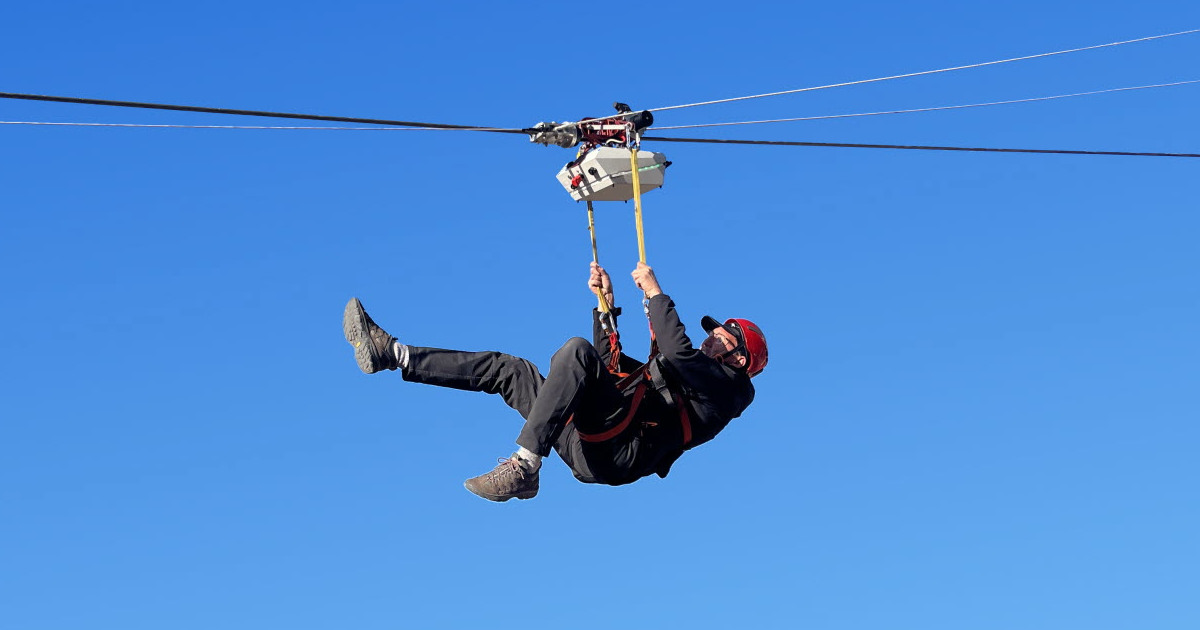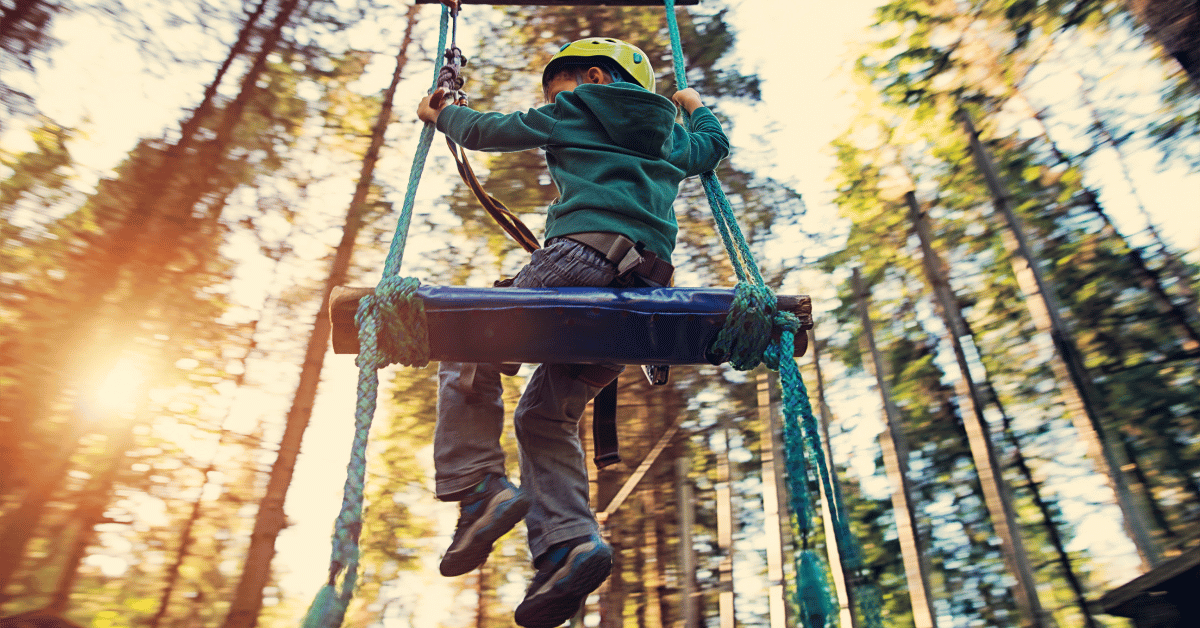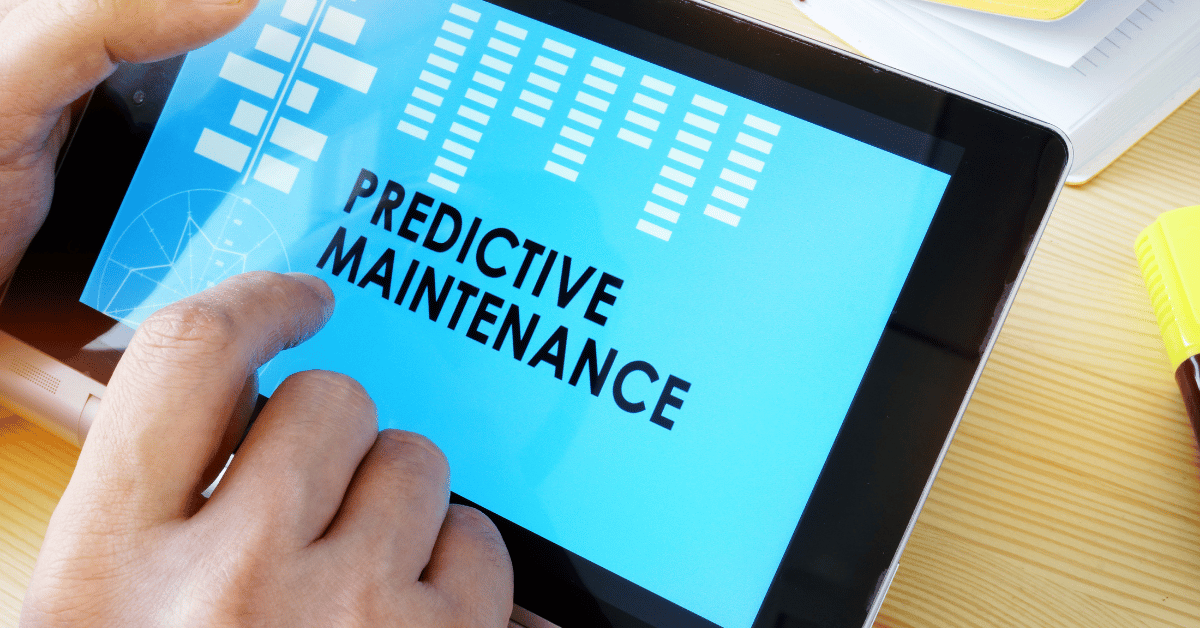
In the competitive world of zip wire parks, operational bottlenecks often stem from the logistical hurdles of gear retrieval and inconsistent arrival speeds. Traditional systems rely heavily on manual labor and passive braking that can vary wildly based on rider weight or environmental conditions. Modern innovation has introduced the self-braking zipline trolley, a tool that not only regulates speed for participant safety but also captures energy to solve the problem of equipment return. By integrating bi-directional autonomy with advanced braking technology, operators can now achieve a level of efficiency that was previously impossible, transforming the zipline from a high-maintenance attraction into a streamlined, high-throughput asset.

Operating a high ropes course or adventure park comes with a heavy responsibility: the absolute safety of your guests. In an industry built on thrills and perceived risk, the structural integrity of your facility is the silent foundation of your success. Navigating the complex landscape of safety certifications, from the initial build to daily operations, can be daunting. Yet, understanding the nuances of independent inspections and the specific standards that govern your equipment is crucial. Whether you are managing a forest climbing park or a traditional team-building course, ensuring your facility is certified by unbiased experts is the definitive step toward operational excellence and peace of mind.

Unscheduled downtime is the silent killer of profitability in the recreation industry. Every hour a ride is closed due to a component failure is a direct hit to your revenue and a blow to customer satisfaction. For too long, operators have relied on reactive (fixing things after they break) or scheduled (performing checks whether they're needed or not) maintenance models. There is a better way. The key to maximizing uptime, slashing costs, and guaranteeing peak safety lies in embracing smart technologies. This involves leveraging sensors and machine learning to forecast when maintenance is truly necessary. This innovative approach, known as predictive maintenance for adventure parks, is not just an upgrade; it's a fundamental shift toward operational excellence.













